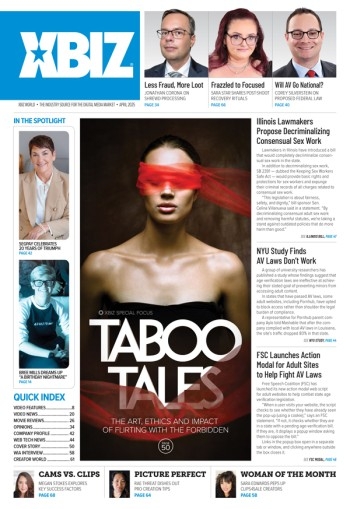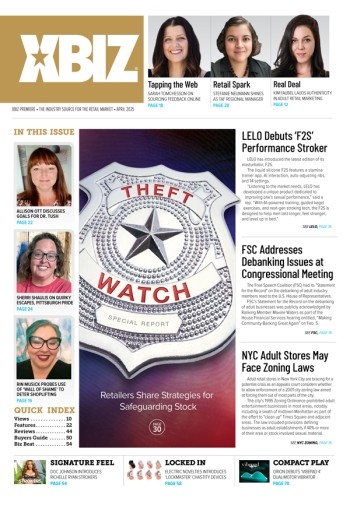Fans love nothing more than the opportunity to see two of their favorite influencers sharing the screen. Shooting with another performer is not only fun, it’s also a great way to build interest and increase your traffic and sales.
Influencers are always on the lookout for the opportunity to partner up with another performer and create something amazing that their fans are going to love; some platforms (like FanCentro) even offer a tagging feature so you can tag your partner and share double the traffic.
Model releases are easy to craft and provide everyone involved with the assurance that the shoot will operate as stated and the content will be used in a pre-approved way.
However, shooting content with another performer is a bit more complicated than shooting and producing your own content. While collaborating with a partner is a great way to spice up your shows and earn more money, there are things to consider before you hit “record” with someone else beside you.
Despite all your best intentions or your relationship with the person you’re collaborating with, a model release is a must-have when shooting with a partner.
Why Do I Need a Model Release?
Model releases serve to protect all parties involved in the shoot. Some platforms even require that you upload one if you are shooting with another influencer.
To begin, both of you need to be on the same page regarding the type of content you are planning to shoot, your comfort level and any boundaries that should be respected by both parties. That’s why having a model release isn’t just recommended, it should be on the top of your to-do list.
And while making sure the shoot is safe, comfortable and fair for everyone seems like common sense, many people do not realize that it is crucial to have a signed release (from each person you are shooting with) that outlines your intent for the content and the right to publish it with their consent.
What Should Be Included in the Release?
Creating a model release doesn’t have to be a long or complicated process, but you shouldn’t try to craft the release on your own from scratch. Professional photographers work with model releases every day and there are many sample model releases available online that can be tweaked to include the specific details of your own shoot.
A basic contract law states that there will be a “meeting of the minds.” In layman’s terms, the contract must be drawn up as a two-way street, with certain obligations required from each party. In addition to this requirement, you must take “consideration” into account. When you are speaking from a legal standpoint, “consideration” simply means something of value.
It is important to have all of this information laid out and fully understood by both parties before shooting ever begins. Will one person be solely posting the content or will you both have the option to post it? If only one of you posts the content for sale, will there be consideration (i.e. money) given to the other party? Who owns the rights to the content and for how long? These are all questions that should be answered while you’re planning your shoot.
Creating the Release
Again, a model release does not need to be complicated, but you should not attempt to draw one up from scratch. Instead, research online templates that will address the basic elements of a model release. If you want to be as thorough as possible, you can enlist the help of a lawyer to help with your release. For those in the adult industry, Adult.law is a great resource!
Here is what you can expect to see on a basic model release form:
- Your name (as the creator), the name of the influencer you’re collaborating with and the date the release was created.
- Who owns the rights to the content: normally, this is the photographer, but not in all cases, depending on the type of content you are shooting and how you want to release it.
- How you will be using the images or film: this allows the influencer to acknowledge and give permission for the content to be used and distributed.
- Where the images will be used: for independent content creators, this can be on a platform, on social media or any potential print distribution.
- The amount of time the rights are in effect: generally, this is one to two years, but there is no limit on the amount of time you choose.
- Details on what fees, if any, will be paid to the influencer.
- The influencer’s full legal name, address, signature and date.
In addition to a signed release, you should also have a copy of the other person’s driver’s license for proof of age and identity. This is an extremely important step in order to protect both parties, so be sure to attach that information to your signed model release.
The beauty of creating a model release is that once you draw up a general version, you can modify the information and use it each time you are collaborating with another influencer. Model releases are easy to craft and provide everyone involved with the assurance that the shoot will operate as stated and the content will be used in a pre-approved way. Think of a model release as problem-prevention that is well worth the effort!
Brooke Powell is the Community Manager at FanCentro, a premium social media network for influencers, models and adult stars. Contact a success coach by emailing success@fancentro.com and follow @fancentrotribe on Twitter.








